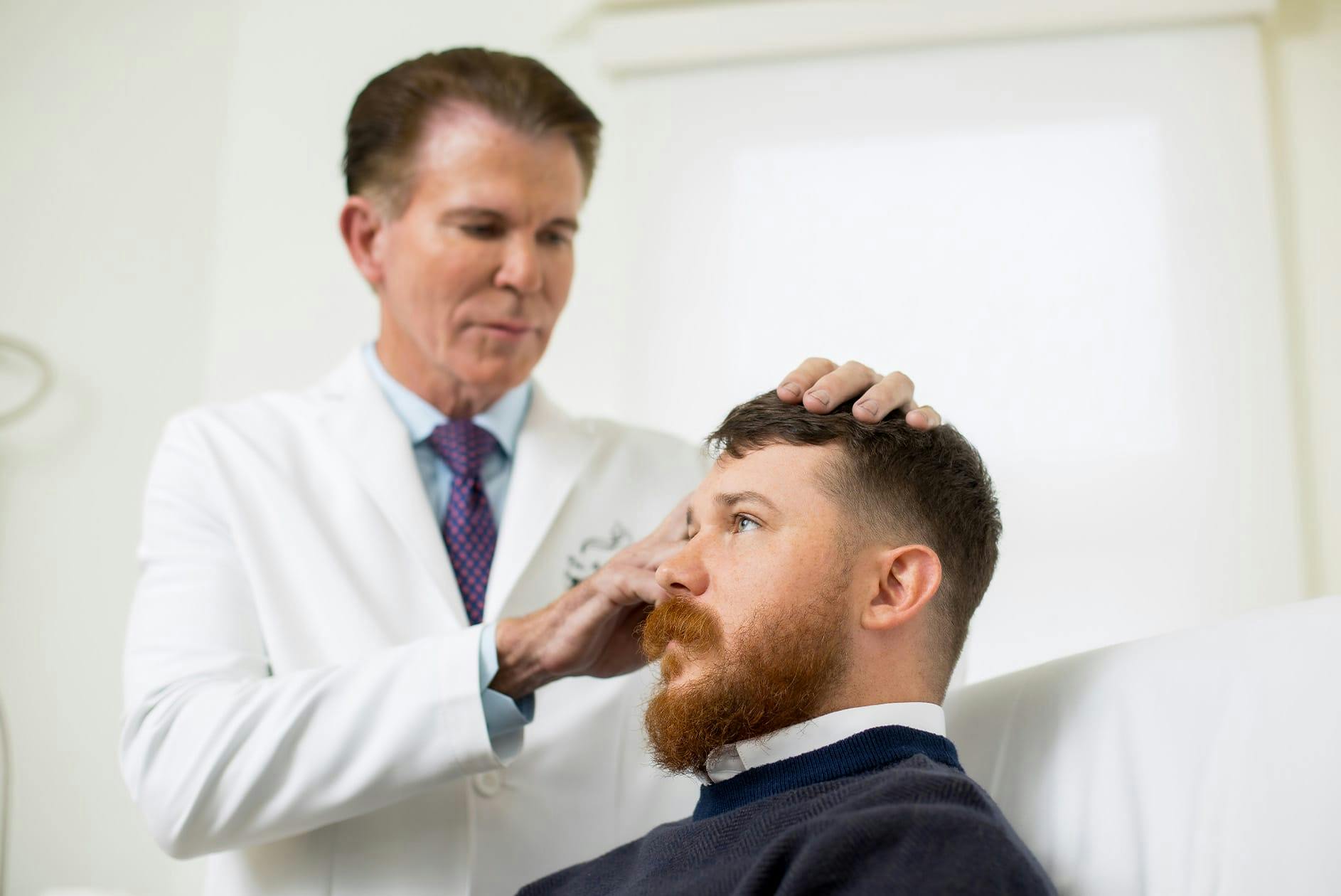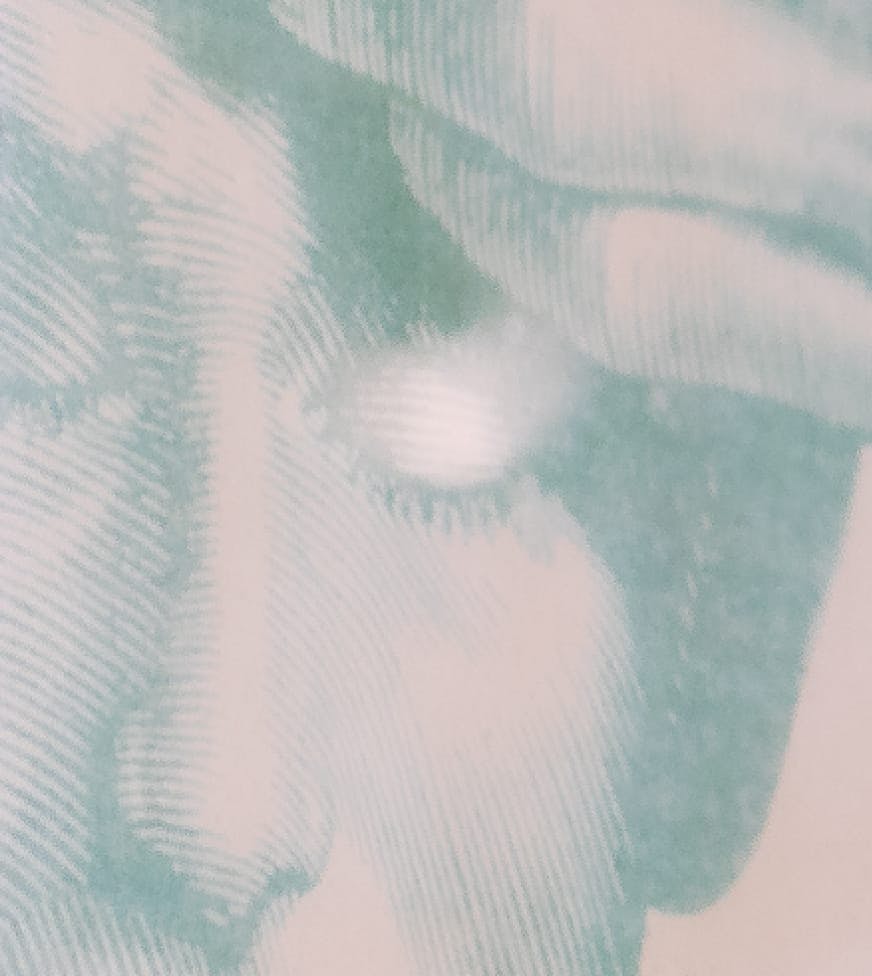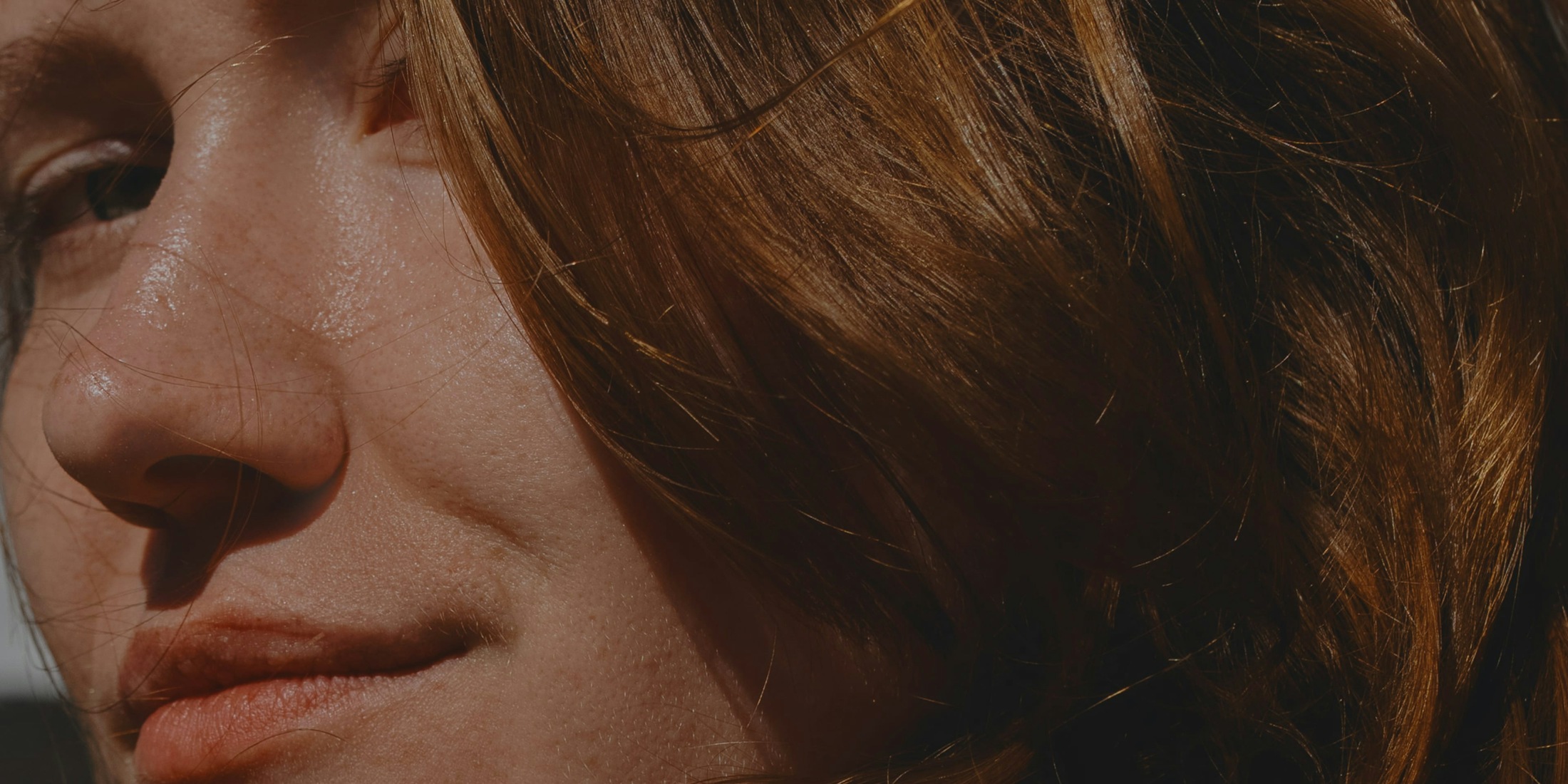Effective Hair Restoration Options at The Maas Clinic™
Men and women have their choice of effective ways to treat and beat hair loss. Among their options are micrografting, which transplants individual hair follicles to optimal locations on the scalp to increase fullness, and medicinals, such as Propecia, which encourage healthy hair growth. In addition, PRP, an injectable treatment, can help promote your hair transplant results by improving wound healing and encouraging grafts, enhancing your overall results.
PRP (Platelet-Rich Plasma) Treatments
Platelet-rich plasma is a natural component of human blood. After blood has been drawn from a patient, these particles are extracted through a centrifuge here in our offices at The Maas Clinic™. PRP is an autologous treatment that uses the client's body tissues as a part of their procedure, making the technique a safe, natural, and effective way to improve treatment.
PRP is frequently used with hair transplant procedures and is injected into treated areas. PRP has a natural function in the body called hemostasis, a process in which platelets in the plasma adhere to open blood vessels and form a net, which helps control bleeding and promote healing. PRP can help with hair transplants, allowing your grafts to heal quicker and increase the number of healthy grafts you have after your procedure.
PRP also delivers many natural proteins to healing areas, including growth factors, that can further enhance your results. While more research needs to be completed to understand how PRP treatments improve the results of hair restoration and other cosmetic treatments more fully, the value of this concurrent treatment is readily apparent in the results men and women have when they include this technique in their rejuvenation plan.
Propecia
Because of the progressive nature of male-pattern baldness, a hair transplant performed on a young man may become surrounded by new bald space over time. Propecia, an oral medication used to treat hair loss, is often very effective in preventing subsequent balding and preserving the aesthetic results of hair transplant surgery.
According to long-term medical studies of people with male pattern baldness, 83% of those who consistently took Propecia after a hair transplant had no further hair loss. This stat compares to 28% of patients who took a placebo after their hair transplant. Additionally, Propecia has been shown to regrow some hair in approximately 66% of men who use it continuously, making it an excellent alternative to hair transplants for some male patients.
Propecia is not approved for use in women, although some physicians can prescribe it off-label for female patients when appropriate. It is crucial to begin Propecia therapy sooner rather than later since keeping the hair on your head is easier than replacing it after it is lost. It takes about three months for the medication to begin slowing the hair loss rate and at least six months to see regrowth. Propecia is a long-term medication. It should be used for as long as you wish to keep your hair.
Micrografting
Hair transplants are much improved today, benefiting Bay Area and nationwide patients. Clients no longer have to worry about living with a "doll's hair" or "corn row" appearance that was common in the past after having had a hair restoration treatment. Modern hair transplant techniques, known as micrografting, can restore hair with natural and long-lasting results. Corey S. Maas, MD, of The Maas Clinic™, offers hair restoration treatments that use micro grafting techniques to provide his patients with a minimally-invasive way to improve the appearance of their hairline with consistently exceptional results.
Micrografting is performed in our office using local anesthesia in most cases. During the procedure, small units of hair follicles are removed from the donor site, usually located at the back of the scalp. The incisions that remove these units are tiny and leave almost no visible scarring afterward. Because the incision areas are small and precise, bleeding is minimal, and healing is fast. The grafts are taken so that they have the minimum impact on the donor area, ensuring that after your hair restoration procedure, the donor and recipient areas both look full, healthy, and vital.
Once the units are removed, they can be grafted into the area in the front of the scalp using care to ensure all of the hair in the area is growing in the same direction. As your grafts are placed, great care is taken to protect existing hairs in the area to maximize fullness and safeguard your final results. The grafted area allows hair to grow naturally in the treatment area, allowing you to cut and style your hair in treated areas like in any other area of your scalp. Micrografting techniques give patients the most natural look by using a client's hair and seamlessly integrating follicles into the growth pattern of the recipient area, enabling highly customizable results.
One of the most desirable features of hair restoration techniques that use micrografting is that most patients can return to regular activities within a day or two after their procedure. They will also have no visible signs indicating that they have had a hair transplant performed. There may be mild swelling or itching at the donor and graft sites, typically subsiding within approximately one week of their treatment. With micrografting, clients can achieve full results in just one procedure session. However, patients with significant hair loss may need additional sessions to obtain the full head of hair they seek.













